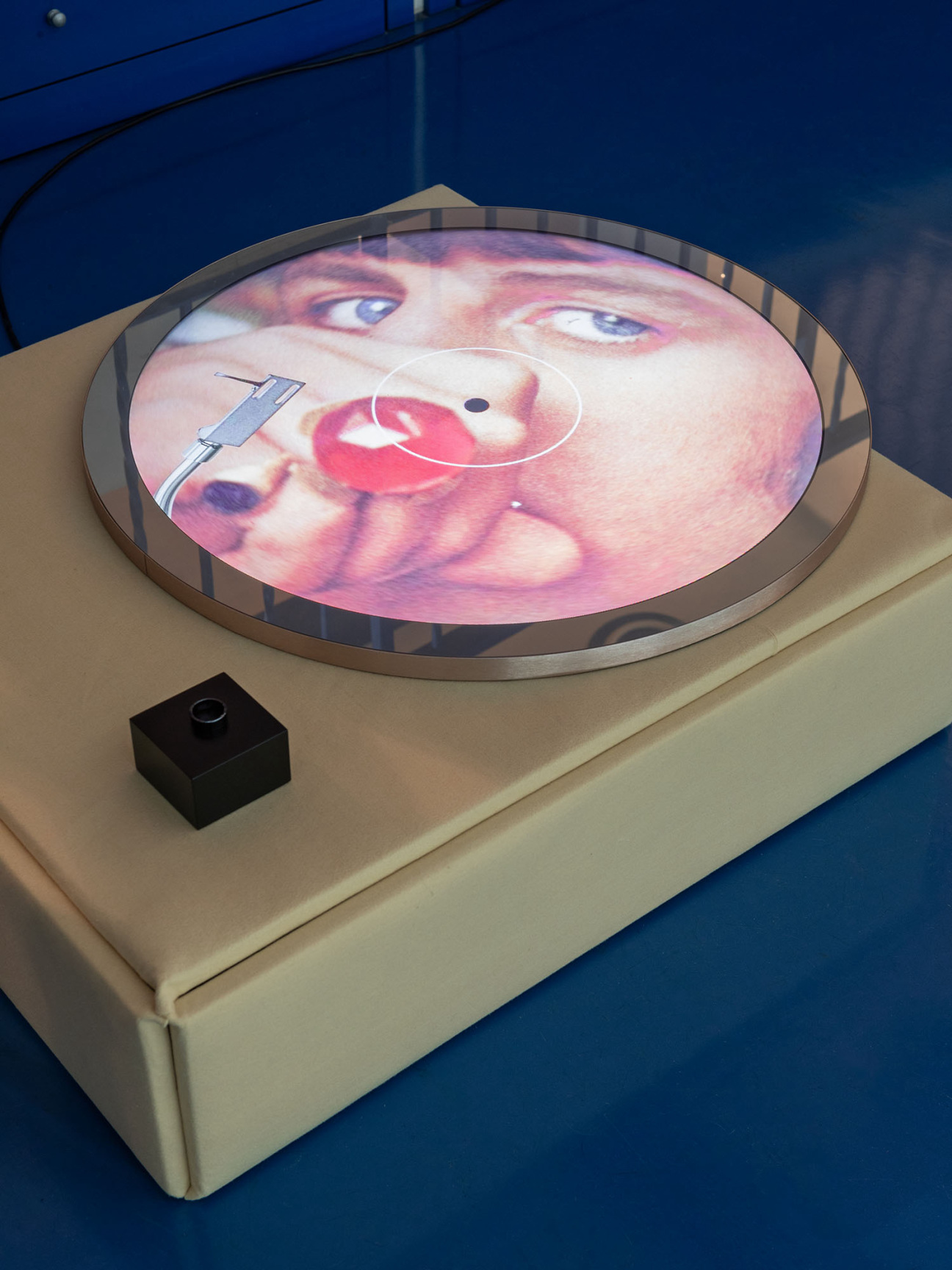
Gavin Brown is the rare, successful gallerist who started out as—and may well still be—an artist. Though he avoided my questions on the topic of his own practice, his sensibility and drive are clearly more aligned with the spirit of making art than selling it.
Arriving in New York in the early ‘90s with $3,000 in his pocket, Brown came to define a certain ethos within the art world, earning a reputation as a renegade and a risk-taker. The descriptors were in part due to his willingness to let artists do things like dig through the foundation of his rented gallery space. They also seemed to hint at an unwillingness to abandon the creative search for a more capitalistic one.
Brown is handsome, British, and knows how to create a buzz. He easily could have gone the route of the international mega-gallery, but didn’t. Since shuttering his New York space during the pandemic, he has joined forces with Barbara Gladstone and doubled down on his love for Rome, inaugurating his second space there with an exhibition of Marc Kokopeli’s “Die rings,” on view through March 30.
You’ve had Sant'Andrea De Scaphis for almost 10 years and just opened a new space, La Pulce, in Rome. Why Rome?
Because Rome always felt like a mythical dream. Maybe for almost everyone, as it now exists inside our collective flattened dream—particularly for a Briton raised on picture books of the Roman Empire’s outer edges. It is literally in our DNA, and it’s also digestible on the most simple cultural terms of the gladiator and the thumbs up or thumbs down. But Rome’s bored yawn is the most effort it can muster as it swallows whole any attempt to fix it in to our sense of present time.
I suppose I was hypnotically drawn to that indifference, especially from the imperial vantage point of the Empire State—Rome is New York’s mirror. I wanted a foot back outside of American linear time. Rome is not connected to our very provincial story around contemporary art. Even though it is hardly a center—in fact it is a backwater, on the way to nowhere.
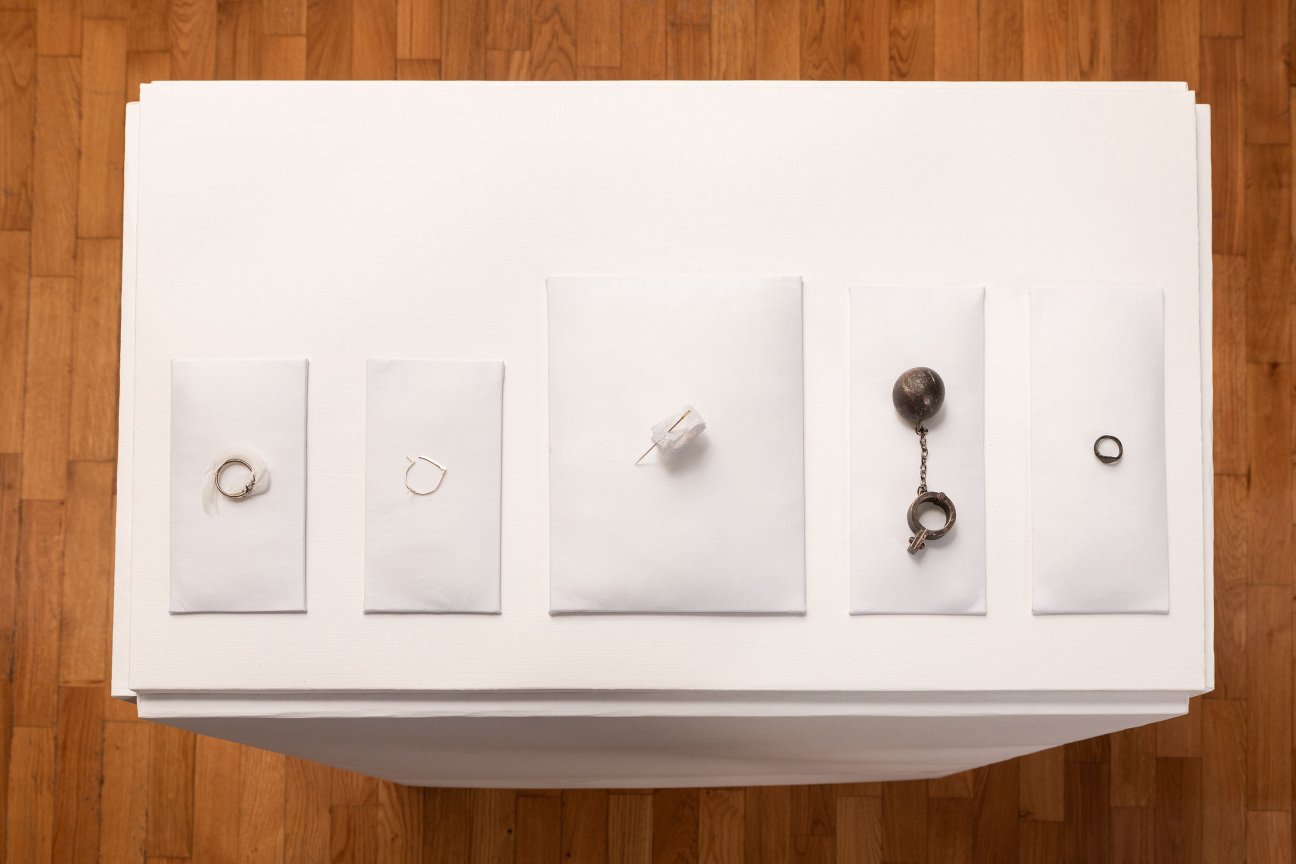
What is your vision for La Pulce?
I hope I never know.
Can you share a few of your favorite places in Rome?
My favorite place in Rome is down by the riverside. I feel very lucky to be alive and in Rome when I am riding home on a scooter late at night—going along the river’s elegant bends, under the bridges, the high walls on either side. It is quiet. You are in the central artery of the city but the city feels somewhere else. The river is the most elemental, ancient part of an ancient city. My other favorite place in Rome is the Pantheon. She/he/they feel like an old friend. I used to go and say hello on each visit to the city, but now there are too many tourists.
Then other favorite places: Da Enzo. Duh! The yummiest of all time. But is anything worth waiting in line that long??? Palazzo Massimo, with so many ways to feel time slow to a stop. Especially the painted garden frescoes from the Villa of Livia.
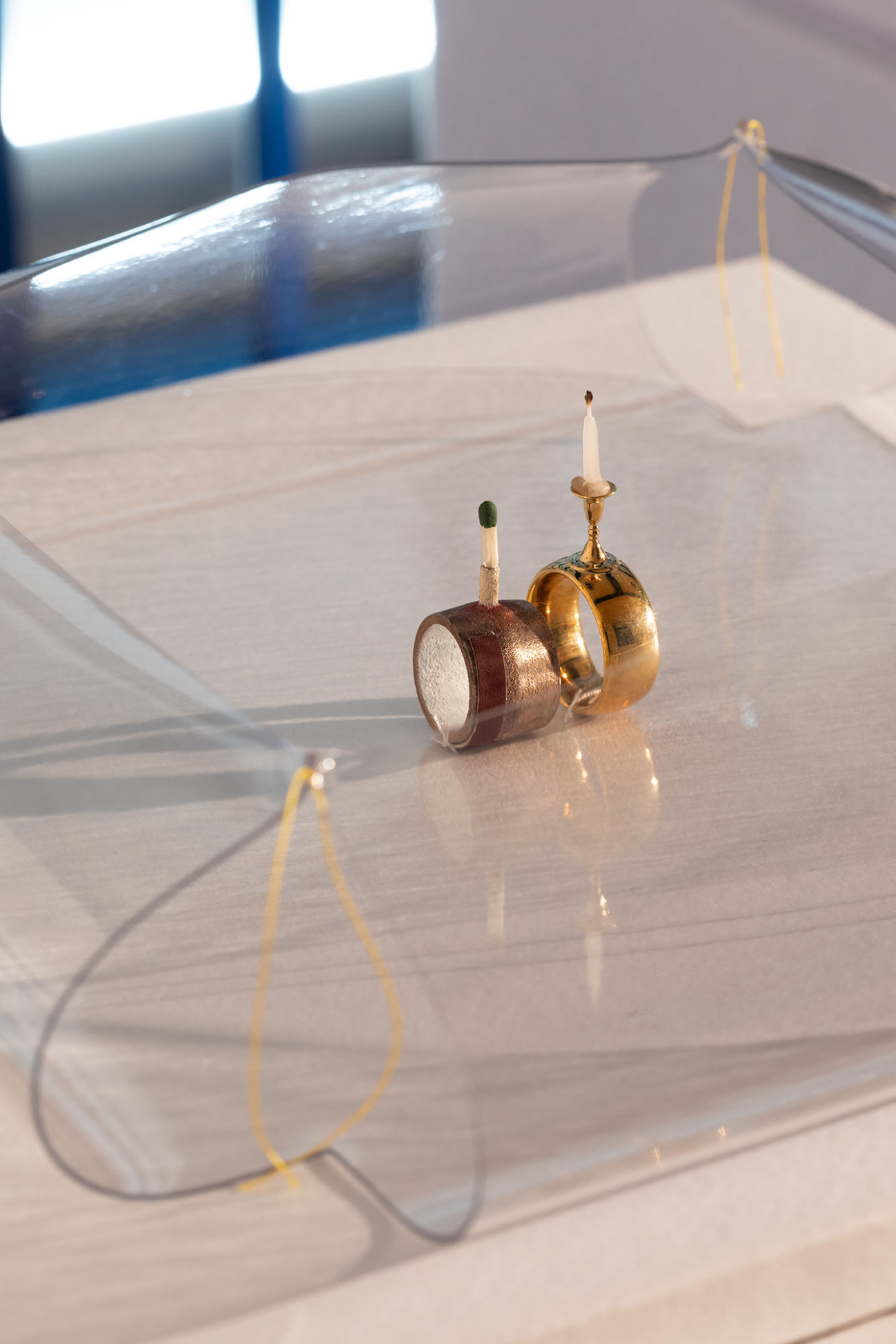
Who is doing interesting things right now—in art, music, writing, culture at large?
I’ve found myself looking at Soutine again, and always Bonnard. But mostly I feel lucky to visit Alex Katz’s studio a couple of times a week. As a culture, we often ponder what the cave painters were thinking. What drove them to make what they made? While I don’t have an answer to those questions, I do get to watch a cave painter in action, right at the zenith of his powers and vision.
You often talk about the way that the massive amounts of money have changed the art world since you started out in the ‘90s. What about the ways the art itself has changed?
I’m not interested in being negative about art. There’s nothing wrong with art—of any kind, of any so-called quality. The darkness is closing in too hard and too fast for any of us to be fussed about art. Let’s just keep making it.
Would you do anything differently if you were starting out now?
That’s a depressing question. There is no doing anything differently. We are where we are. To think about what could have been feels like a route to sadness and madness. Not that I don’t wander down that road sometimes, but it’s not good for my mental health. I’m trying to be happy in the here and now.

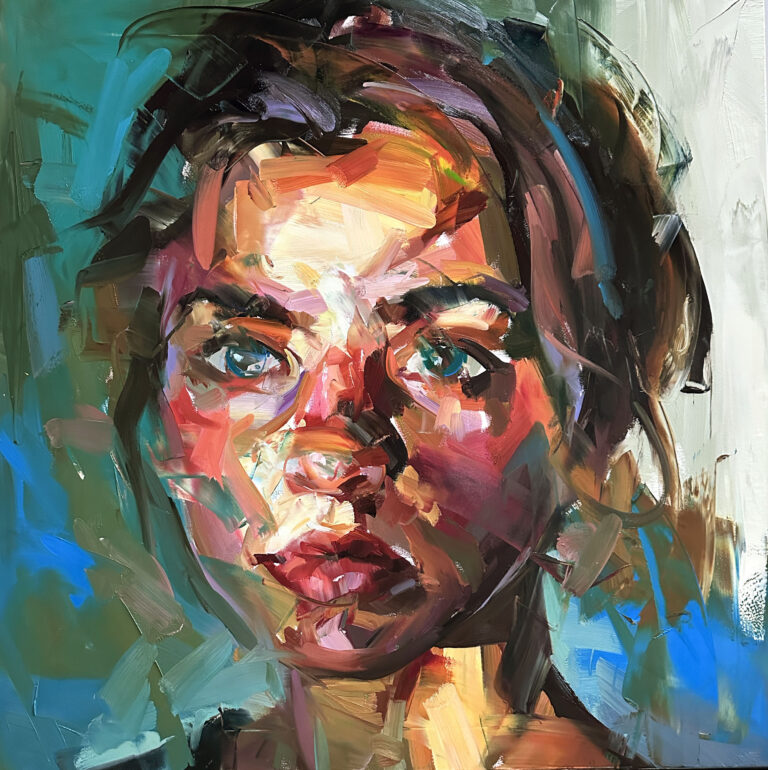


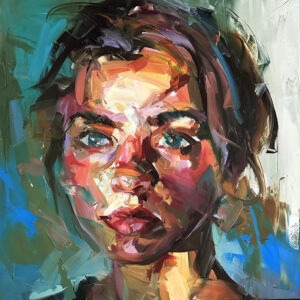
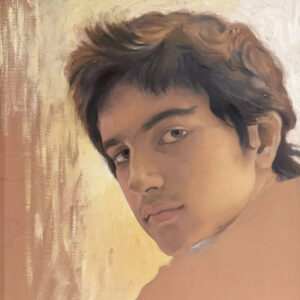




 in your life?
in your life?

